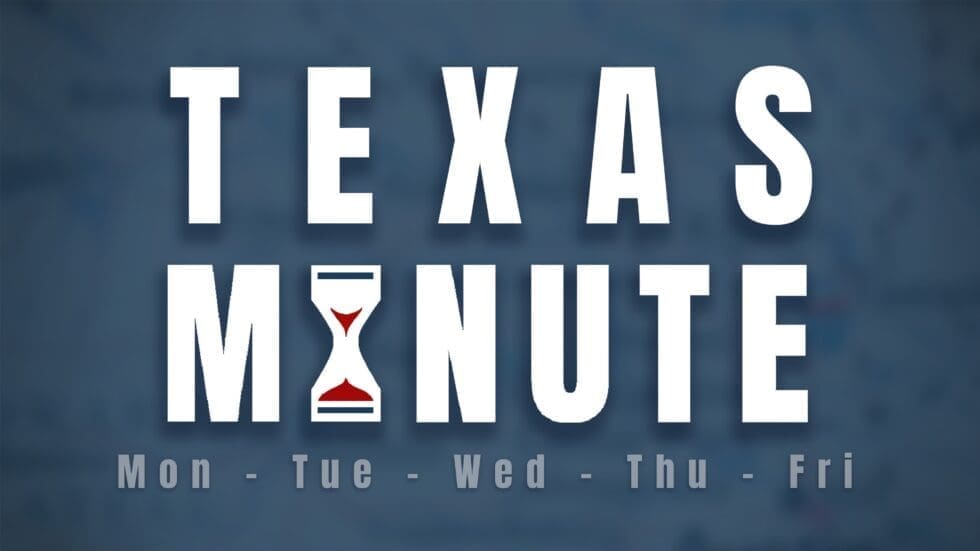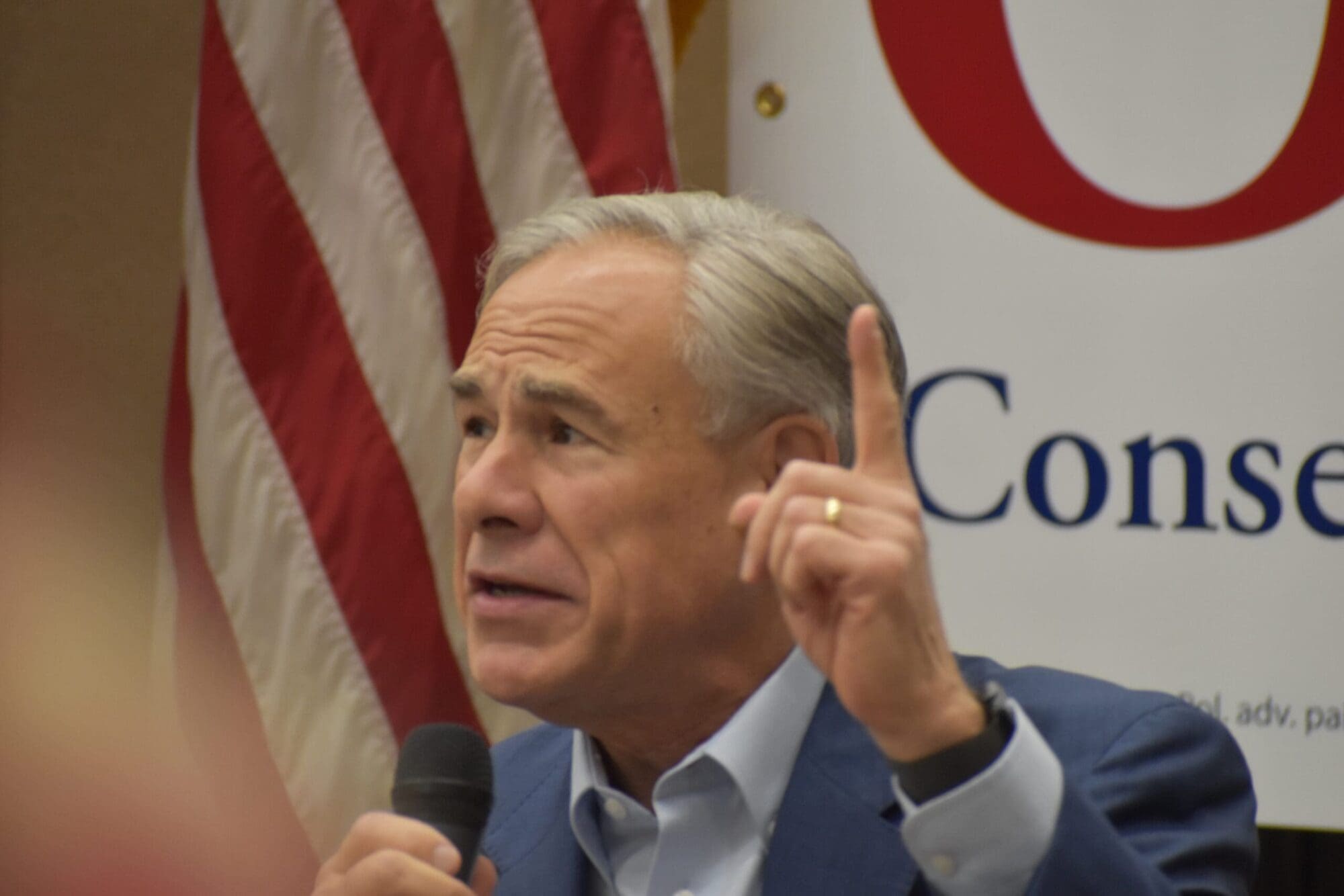My name is Harry Hardman, and I am the vice president of the Lone Star Groundwater Conservation District [Montgomery County’s groundwater regulatory agency] and the district representative for Groundwater Management Area 14 [the regional subdivision of the Texas Water Development Board in which Montgomery County is located]. I am here today, however, to speak to you as a private citizen. The opinions expressed here are my own and do not represent those of the board or LSGCD.
Last week, San Jacinto River Authority Deputy General Manager Ron Kelling spoke before the Groundwater Management Area 14 board about “balance” as it pertains to groundwater. [The SJRA is the government agency which regulates surface water in the San Jacinto River watershed.] Mr. Kelling, as he often does, waxed eloquent regarding the need to find balance in groundwater management, irrespective of private property rights and how they’ve been interpreted by the Supreme Court of Texas. He further warns of subsidence [sinking] and flooding in southern Montgomery County, though SJRA’s Groundwater Reduction Plan participants pumped more than 70 percent of the total qualifying demand, and in 2019, over 100 percent of total qualifying demand.
Even though the reduction rules are no longer in effect, SJRA’s Groundwater Reduction Plan participants pump over 100 percent of what was previously designated as the total qualifying demand. In other words, even during periods of mandated reductions, SJRA sought approval for—and its Groundwater Reduction Plan participants produced—volumes in excess of the mandated reduction. I find those to be highly imbalanced.
I find it highly ironic that the SJRA, which enjoys a monopoly of all surface water in Montgomery County and all water in The Woodlands, would be calling for balance in any measure. In fact, the term “monopoly”—which Webster defines as “exclusive ownership through legal privilege, command of supply, or concerted action”—dictates that balance will never be achieved as long as one entity maintains it. If the SJRA is indeed all for balance for the citizens of Montgomery County, then it should cede its monopoly on surface water and allow users to acquire water in the most efficient, cost-effective way possible through alternative suppliers. Allowing the free market to work as it could and should will enable Montgomery County to enjoy the same flexibility of alternative water sources that our sister counties to the south of us have enjoyed for decades.
I also find a significant lack of balance and truth regarding the reasons for the SJRA’s recent resolution to adopt significantly higher water rates for 2020, when the Lone Star Groundwater Conservation District Board voted unanimously last week to lower their rates by 19 percent. The fact that the SJRA cites uncertainty about groundwater regulations by the LSGCD and uncollected revenue by some of the large volume groundwater users as the reasons for the rate hike is inaccurate. LSGCD has no part in the setting, invoicing, collection, or payment of separate Groundwater Reduction Plan fees. Instead, the LSGCD invoices the sponsor directly for the amounts owed in water use fees for all the Groundwater Reduction Plans. While I cannot speak for the LSGCD board, I do know that, in connection with the adoption of new rules, the board will consider whether it should bill and collect water-use fees directly from all permittees since the LSGCD can no longer require permittees to join Groundwater Reduction Plans.
I urged the SJRA board to vote down the resolution to enact the incredibly high water rates for 2020 and look to find a balance in providing the citizens in Montgomery County affordable water. The SJRA Board of Directors voted unanimously to approve the sky-high 2020 rates 10 minutes after my statement.
Harry Hardman is the vice president of the Lone Star Groundwater Conservation District and the LSGCD’s representative for Groundwater Management Area 14. The opinions expressed above are Mr. Hardman’s personal views as a private citizen and do not represent the official position of the LSGCD.
This is a commentary submitted and published with the author’s permission. If you wish to submit a commentary to Texas Scorecard, please submit your article to submission@texasscorecard.com.





